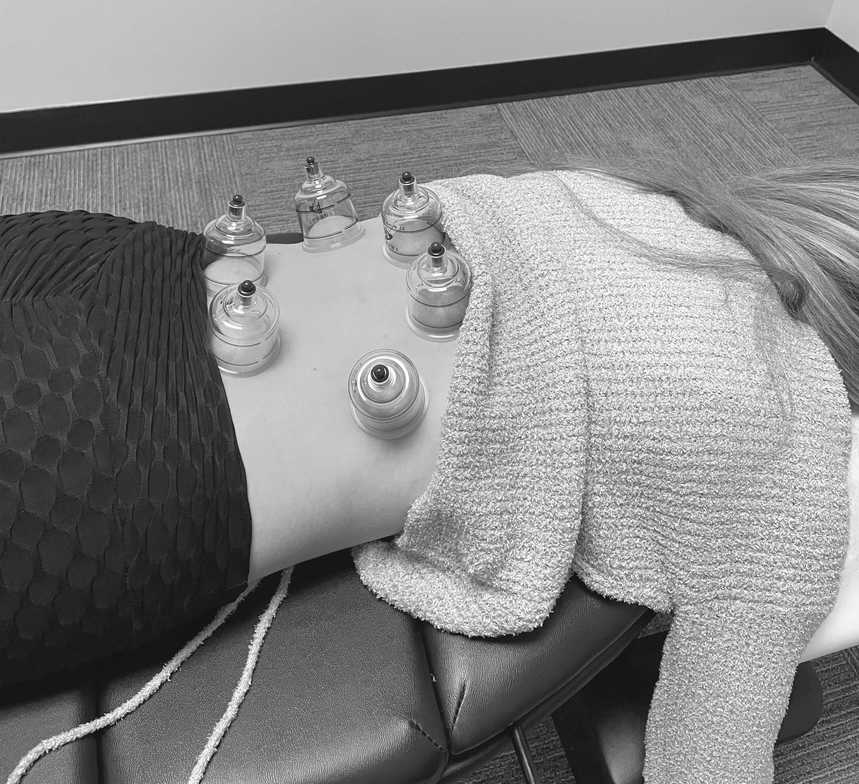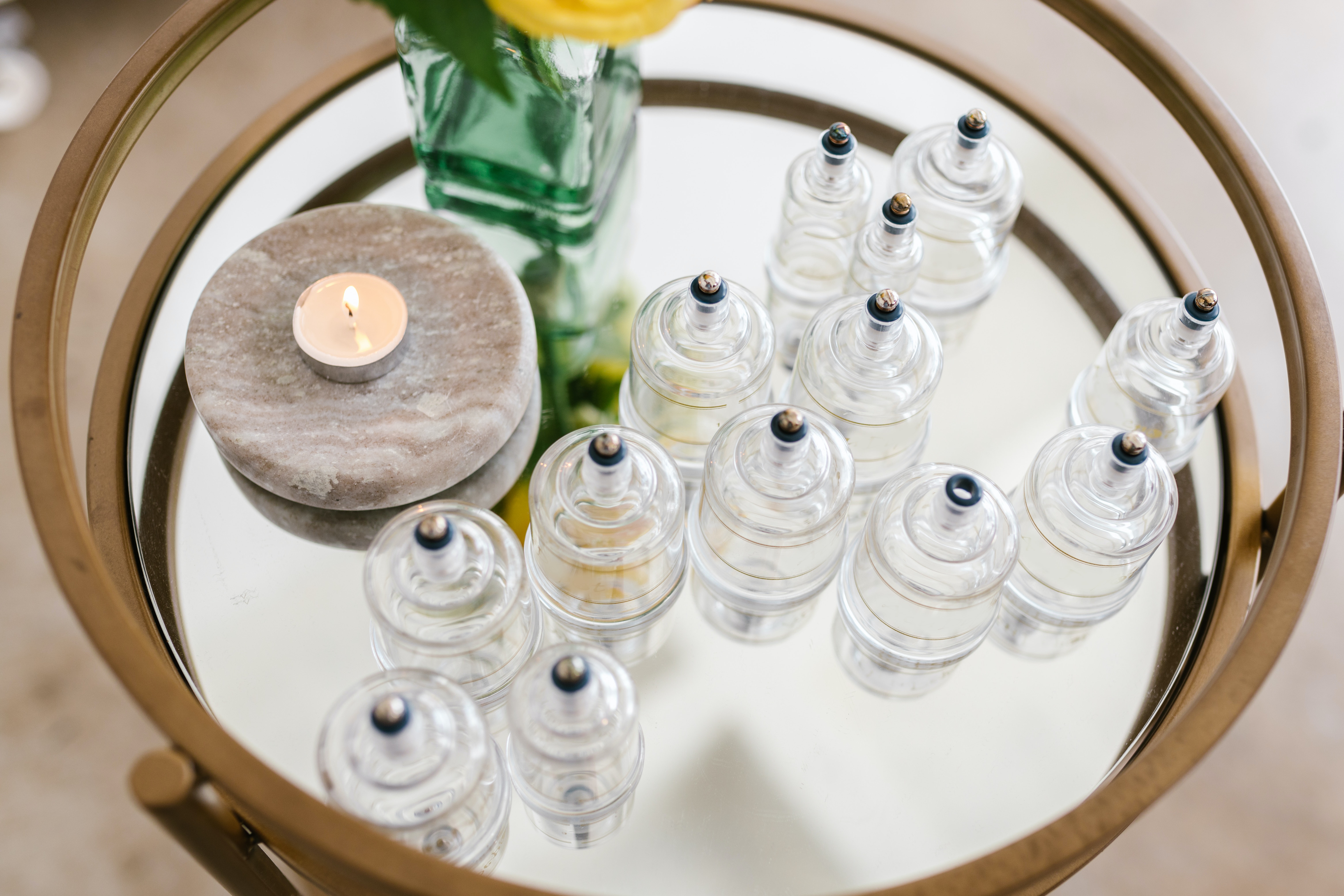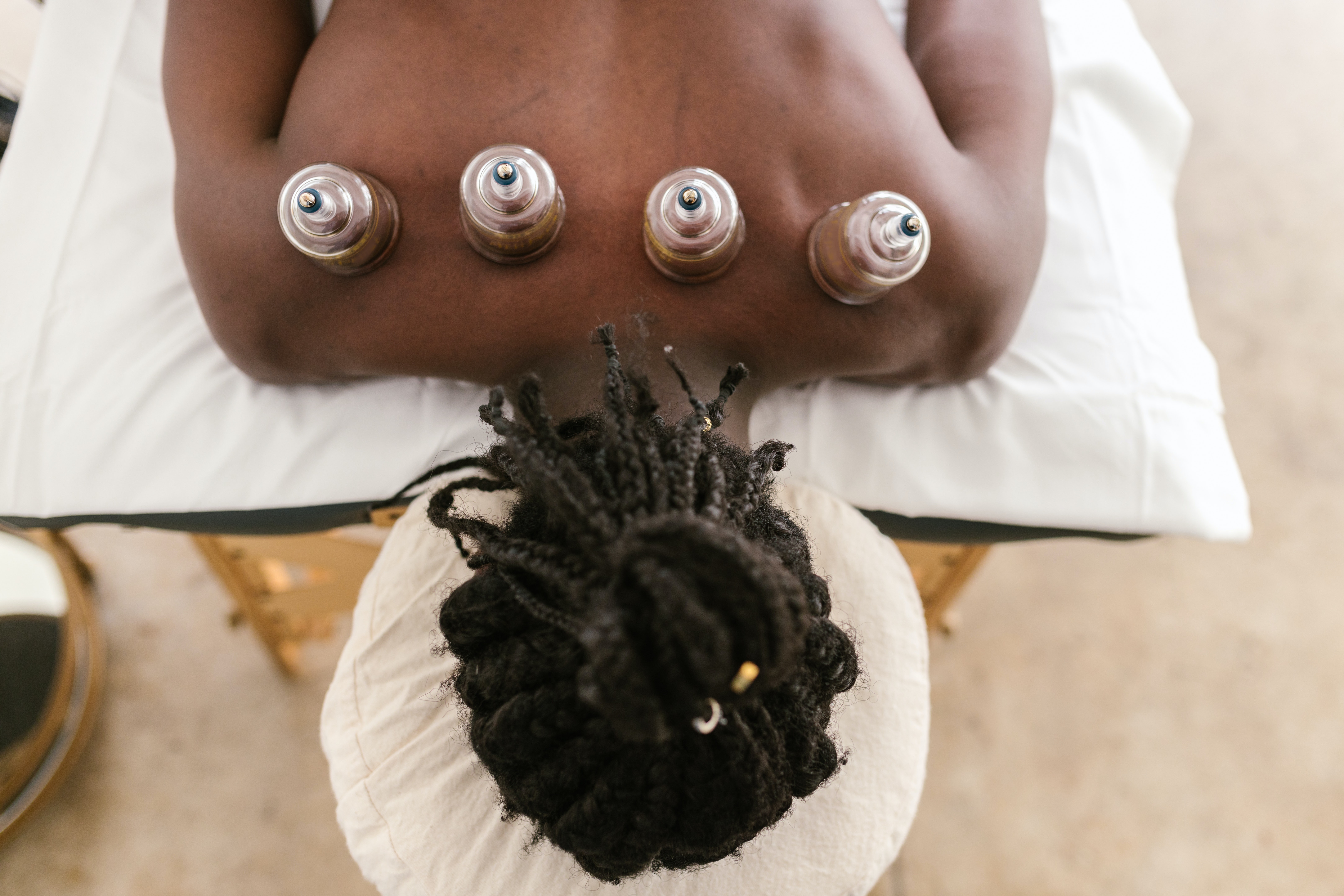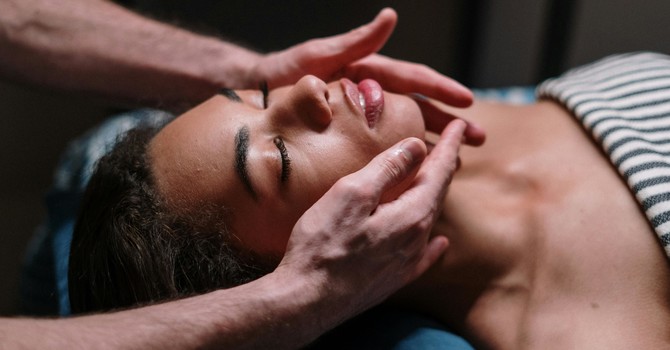
What Is Cupping?
Cupping is an ancient complementary and alternative medicine technique that involves placing cups on the skin for a variety of health purposes. Inside the cup, a vacuum or suction force pulls skin upward. Originally this was done by heating ceramic or glass cups, but now many practitioners have switched to a plastic cup with simple rubber pumps which create the suction. The cups can be left stationary or slid along pre-oiled skin, depending on the goal of treatment. Generally, cups will remain on the skin for 5-10 minutes. While cups can be applied to just about any area of the body, it is common to have cupping performed on the back, neck, shoulders and thighs.

How Does It Work?
Cupping increases blood circulation to the area where the cups are placed. As new blood is forced into the tissues around the cups the body will begin a process of new blood vessel formation called neovascularization. These new vessels can feed the tissues with nutrients and oxygen, leading to lasting pain relief. This helps to relieve muscle tension and can promote cell repair.
In addition, the suction of cupping can help stretch the fascia and relieve deep fascial adhesions allowing muscles to move freely for improved range of motion and performance. This is often referred to as fascial release. Along with increased blood flow, the negative pressure of cupping can also promote increased lymphatic drainage of toxins.

Who Needs Cupping?
Anyone with muscle tension! Cupping is like a reverse massage, using suction rather than pressure to relax the muscles. It is very effective at relieving conditions that cause muscle aches and tension. Many patients find relief from headaches, low back pain, neck pain, shoulder pain, and knee pain.
Are There Side Effects?
Cupping is considered a low-risk therapy. Some may experience lightheadedness, sweating, or nausea during or immediately after treatment as a result of the increased blood flow or release of toxins. It is important to drink plenty of water and avoid alcohol before and after your session.
The process should not be painful. You will feel a small amount of pressure from the suction but this will go away as the cups are released. After treatment, your skin may turn red as the blood vessels respond to the change in pressure, similar to a bruise. This discoloration will vary for everyone and can last anywhere from 2-10 days.

Things To Keep In Mind:
Cupping therapy isn’t recommended for everyone. Extra caution should be taken for the following groups:
- Children. Children under 4 years old shouldn’t receive cupping therapy. Older children should only be treated for very short periods.
- Seniors. Our skin becomes more fragile as we age. Any medication you may be taking might have an effect as well.
- Pregnant women. Avoid cupping the abdomen and lower back.
- Bleeding disorders like hemophilia.
- Blood clotting problems, such as deep vein thrombosis or history of strokes.
- Skin conditions, including eczema and psoriasis, open wounds, sunburn.
- Seizures (epilepsy).
For most patients, cupping is safe to try and could complement an existing treatment plan. If you are interested in adding cupping to your healthcare regime, schedule your appointment online now!
Dr. Heather Champion
Contact Me



